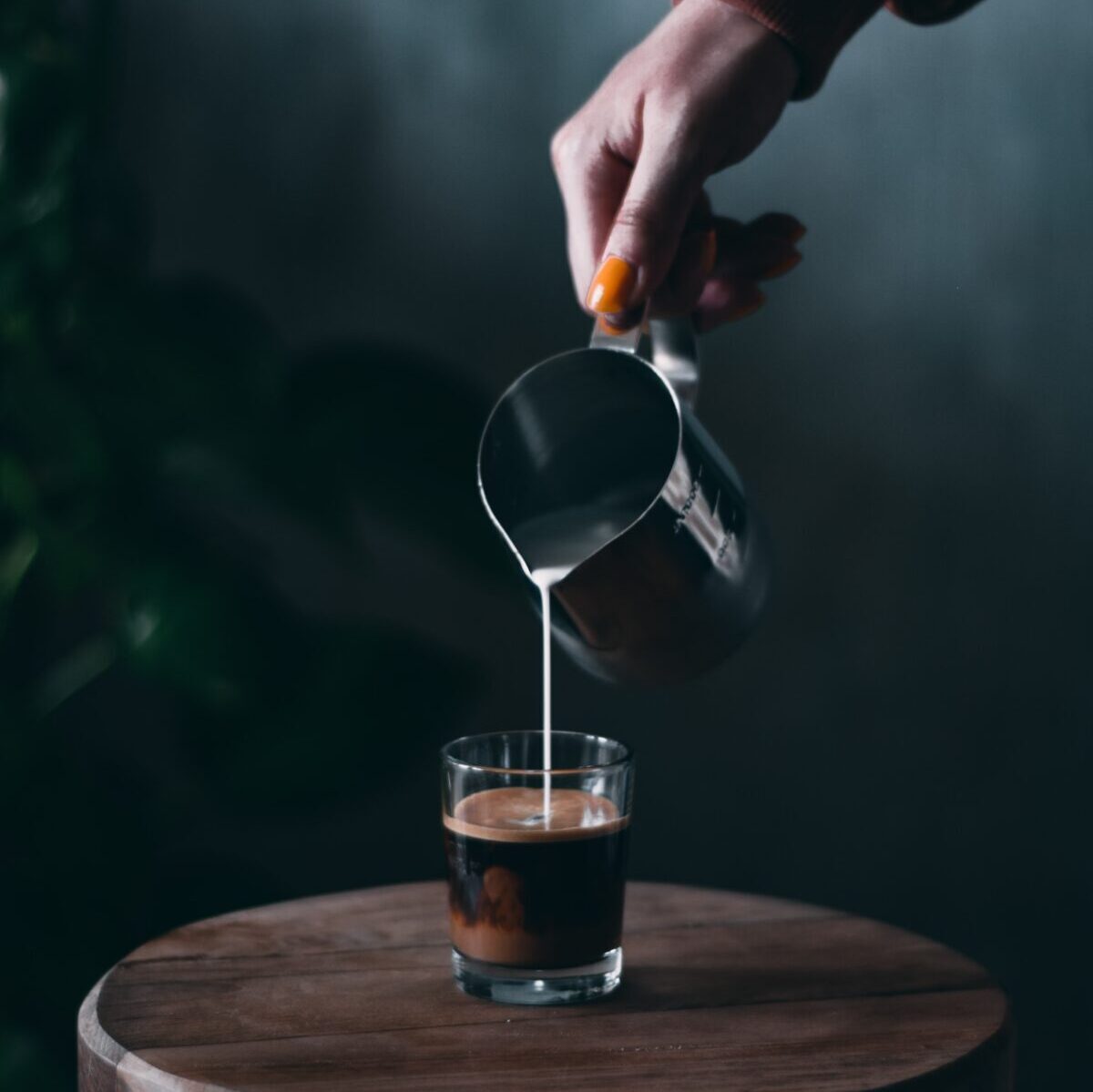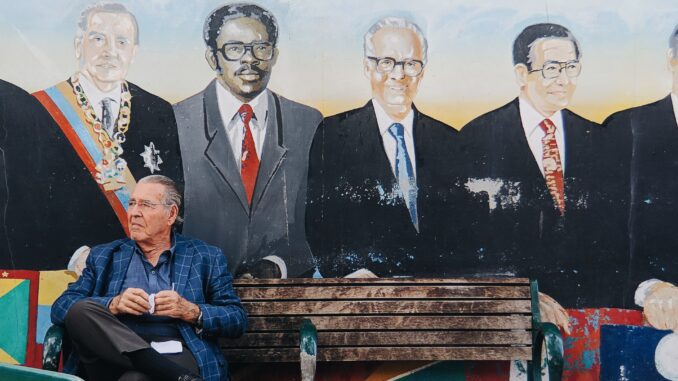
We learn more about the beverage—a staple in Miami—and its popular variations.
BY EDDIE P. GOMEZ
SPECIAL TO BARISTA MAGAZINE
Cover Photo by Juno Jo via Unsplash
Anyone who has started their day with a cappuccino has experienced firsthand the influence of Italian culture in shaping Americans’ taste for coffee. Similarly, cafés serving Vietnamese coffee have flourished in cities like Philadelphia, Kansas City, Mo., and Portland, Ore. Mexican-themed coffee shops have popped up beyond the West Coast, while Yemeni coffeehouses serve their spiced coffee atop an open table-side flame to keep it hot during conversation. Yet Cuban coffee, as it has developed in Miami, remains for the most part a regional beverage that is a little misunderstood by outsiders.
In a city known for its nightlife, beach scenes along Ocean Avenue, and the international crowd it attracts, Miami stands out among American cities for its unique vibe and energy. The city also shines because of its connection to Cuban culture—over half a million Cubans came to Miami in the decades after the Cuban Revolution, many of them professionals and business people searching for new opportunities. As a result, a large part of Miami’s soul marches to the beat of the Cuban American experience, something that is enhanced by that culture’s treasure trove of foods and beverages.
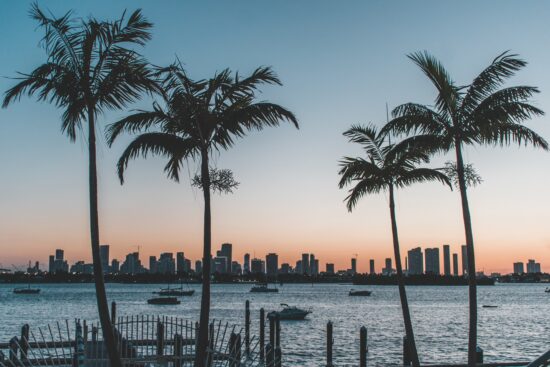
History of Coffee in Cuba
Jose Antonio Gelabert first brought coffee plants to the island in 1748. The industry flourished when French immigrants fleeing the Haitian Revolution brought with them the knowledge to establish a thriving network of coffee farms that developed in the eastern part of the island. Colonial economies were dependent on trade to sustain themselves, so coffee found a place alongside sugar and other important commodities. By the early 1800s, coffee surpassed sugar as the top export in Cuba, sustaining a vital agricultural presence until the Cuban Revolution nationalized the country’s coffee farms. The decline in the island’s coffee production after the revolution was worsened by the Soviet Union channeling much of the country’s production to the export markets they controlled.
Unique Flavor
The Café Cubano is strong and especially sweet. Dark, Italian-style roasts are brewed via stovetop on a Moka pot using popular brands such as Pilon, Bustelo, and La Llave. The addition of demerara or any other sugar at the start of the brewing process is a key to making a Café Cubano. After the first drops of coffee begin boiling up through the Moka pot or steaming out of an espresso machine, they are vigorously beaten into a couple of tablespoons of sugar—a technique that belongs distinctively to Café Cubano—until a creamy foam known as espuma or espumita results. Cubans in Miami believe that the crema-like espumita is one of the reasons their coffee is so delicious. The high temperature of the espresso hydrolyzes the sucrose, producing a unique taste that differs significantly from when the sugar is stirred in after the coffee has been brewed.
The Ventanitas
In Little Havana and other parts of Miami, social life pulses around ventanitas (Spanish for “little windows“). Café Cubano, pastries, and other light foods are sold through these walk-up windows in restaurants and other businesses. Neighborhood ventanitas set in motion the rituals of daily life in the areas that surround cafés or wherever the coffee is taken, whether that destination is the office or the neighborhood beauty salon.
Hungerlust’s “How Locals Drink Cuban Coffee in Miami” details the prevalence of ventanitas in Miami. The host claims: “9 a.m. Café Cubano comes around. 12 o’clock Café Cubano comes around. 3 p.m. Café Cubano comes around. Miami runs on Café Cubano.” Ventanitas are everywhere throughout Miami, and some operate around the clock. The attendants are friendly and eager to help coffee lovers get their fix for Café Cubano, whether they are locals who have been in the neighborhood for generations or tourists exploring Café Cubano for the first time.
Well-Known Ventanitas
Felipe Valls Sr., a famous restaurateur/patriarch of Miami’s Cuban community, designed and installed the first ventanitas at his restaurants after immigrating from Cuba to Miami in the 1960s. Two of his flagship restaurants, Cafe Versailles and La Carreta, are today landmark destinations where Cuban Americans gather to enjoy good food and drink, lively scenes brought to bear by the presence of the Café Cubano.
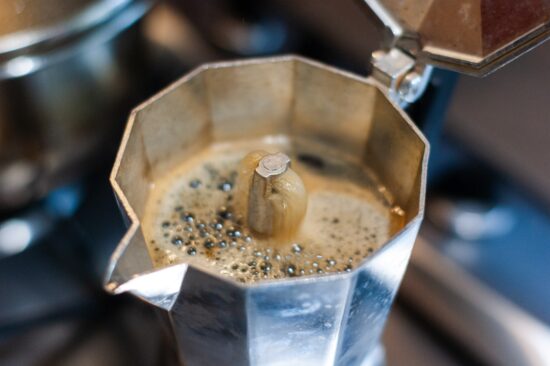
Photo by Thanos Amoutzias via Unsplash.
I wanted to know more about the role that Café Cubano plays in the lives of Miamians, so I reached out to Nayelis Delisle, owner of Suite Habana Café in Miami’s fashionable Wynwood Arts District. “Cafe Cubano is one of the roots around which Miami’s Cuban community sprouted and continues to flourish to this day,” Nayelis says. The Café Cubano in Miami grew out of the need for community members to have a place to talk about life or what was going on back home in Cuba—conversations that once took place around the coffee carts on the streets of Havana.
Here are the four types of Café Cubano, all variations of the original recipe that uses dark, Italian-style roasts and espumita to produce a coffee style that is uniquely Cuban American.
The Colada
The mother of all Cafe Cubano in Miami is undoubtedly the colada. A colada ordered through a ventanita is typically made using an espresso machine. The whipping of the first few drops of espresso into sugar happens right at the source, usually with the help of a small pitcher. Prized for its espumita, a colada is extra-strong, sweet, and meant to be shared. A colada is typically served in a 12-ounce styrofoam cup and accompanied by half a dozen tiny cups that make the task of sharing the popular drink obligatory. The intriguing part of a colada, beyond its super low price and the fact that the contents of a single styrofoam cup are enough to give six people a caffeine boost, lies in what it does for enabling camaraderie. The sharing of a colada is an invitation to step away from the rigors of life and engage in conversation. The colada breathes life into the community and is regarded as quintessentially Cuban American.
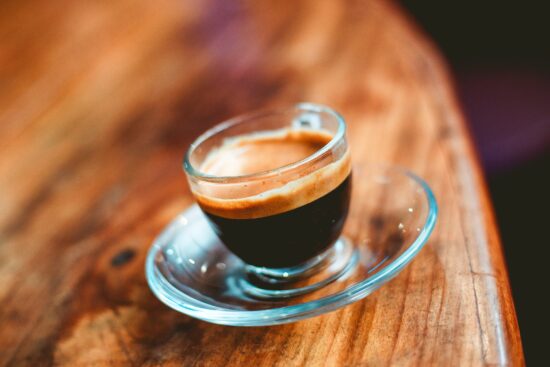
Photo by nitin pariyar on Unsplash.
The Cafecito
The cafecito is the mini-me of the colada, featuring the same bold espresso, sugary sweetness, and espumita. A cafecito, however, is served individually in a demitasse, much like a shot of regular espresso would be offered elsewhere. It is said that no good lunch or dinner is ever complete without a cafecito. The cafecito offers a more solitary experience than sharing a colada with friends and family, but the same delicious energy boost makes the cafecito a fitting alternative. Interestingly, some locals like to relax at the intersection of two of Cuba’s most iconic products: coffee and cigars. They dip the tip of their cigars into their cafecito to flavor their cigars with the sweetness of Café Cubano.
The Cortadito
The cortadito, which means ”little cortado” in Spanish, is well-known outside of the Café Cubano. The cortado originated in the Basque region of Spain, and it has gained popularity all over the world during the last few decades. The cortado is also known by various names such as the Gibraltar, noisette, and piccolo. The defining characteristic behind the cortado is the same in Miami as it is in other locales—an equal balance of milk and espresso, which renders a flavor base that promises the best of both worlds. However, the sweetness and technique used to whip the first few drops of espresso into a sugary foam make the cafecito dissimilar to the cortados that have recently exploded in popularity throughout the rest of the world.
Café Con Leche
Café con leche simply means ”coffee with milk.” This popular drink is the equivalent of a latte. It is a favorite of kids among Cuban American families and those who don’t necessarily prefer the bold taste of espresso on its own. Some people prefer to have their café con leche in one cup like a traditional latte, while others prefer to keep things separate. For some, café con leche goes down better if Café Cubano is served in one glass and the steamed milk in another. Whichever version is chosen, cafe con leche makes for a great opportunity to try Cuban pastries or pastelitos such as quesitos, which are filled with sweetened cream cheese.
ABOUT THE AUTHOR
Eddie P. Gomez (he/him) is a freelance writer based in Modesto, Calif. When he is not substitute teaching kindergarten classes, he wanders from city to city, perfecting the art of the food and coffee adventure.

